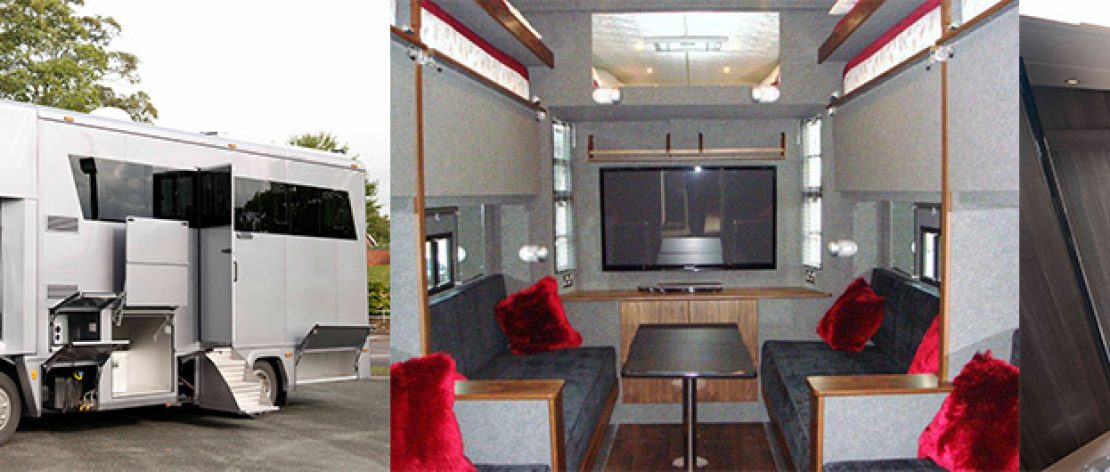In the majority of cases, your horsebox is the lifeline of your business; when it breaks down, you break down, which is why maintaining it should be of paramount importance. Even though a large proportion of horseboxes are only used sporadically, a regular maintenance schedule is heavily recommended, as you don’t want any surprises when the time comes to get back on the road.
By following the simple steps detailed below, you can make sure your vehicle is properly cared for, actively reducing the risk of breakdown and preventing costly future garage bills.
- Inspection
Even the most thorough maintenance operations begin with a rigorous inspection, which, in the case of horseboxes, always requires an unflinching eye for detail. Remember that your horsebox isn’t just a vehicle, it’s part living area and also part animal accommodation, and should be inspected as such. This means that paying a mechanic to inspect the engine doesn’t necessarily mean that the animals’ housing area is up-to-scratch. It always pays to personally inspect both the general living quarters and the horses’ compartment, and make sure the condition of each area is to your satisfaction. Take particular care to inspect things like flooring and ramp systems, as small trips and slips can have particularly drastic consequences.
- General Maintenance
In a lot of ways, running a horsebox is similar to running any other vehicle, and as such they can be easily maintained in between services by remembering to complete a few simple tasks. Horseboxes carry an excessive amount of weight, even by the standards of normal HGVs, which puts a lot of strain on both the framing and suspension systems. Keeping the tyres at the right air pressure is very important, as it helps give extra support to the vehicle’s frame. It’s also a good idea to regularly check coolant and oil levels, and keep a close eye on the remaining tread left on the tires; remember that fixing a puncture on an HGV isn’t a simple matter of getting the wheel jack out of the boot.
- Seasonal Usage
As November comes around and winter starts to draw in, a lot of drivers make the mistake of packing their horsebox away until the weather picks up in March. This, however, is one of the main causes of horsebox malfunctions and ends up incurring a lot of financial expense in repairs and maintenance come spring time. Even if your vehicle is safely stored in a garage for the winter break, it’s imperative that you regularly start the vehicle up and get its engines running for at least 10 minutes a week. Not only does this recharge the battery, but it also prevents parts of the engine from seizing up in the cold British winter weather.
- Maintenance and repairs
As a reputable horsebox manufacturer, we would recommend getting your horsebox serviced at least once every 6 months, which basically equates to twice a year if possible. The importance, however, of choosing a specialised horsebox garage cannot be understated. This is because, as we said before, horseboxes are specifically designed to be part living accommodation, part mobile animal storage and part vehicle. When choosing where to get your horsebox serviced, you need to make sure that your garage understands this, and therefore thoroughly services not only the internal components but the separate living areas as well. If in doubt, always go with a well established horsebox manufacturer; don’t be tempted to cut corners with standard HGV garages.
This brief list of tips has been put together by the team of engineers at Cooke Coachbuilders to help the everyman, who isn’t an expert in mechanics or combustion engines, to take proper care of their horsebox. When carried out regularly and thoroughly, horsebox maintenance needn’t be an expensive and time consuming chore, but it can help prevent potentially disastrous breakdowns in the future. If you have any horsebox maintenance enquiries, or would like to know more about our horsebox service packages, please get in touch with one of our friendly team today.
